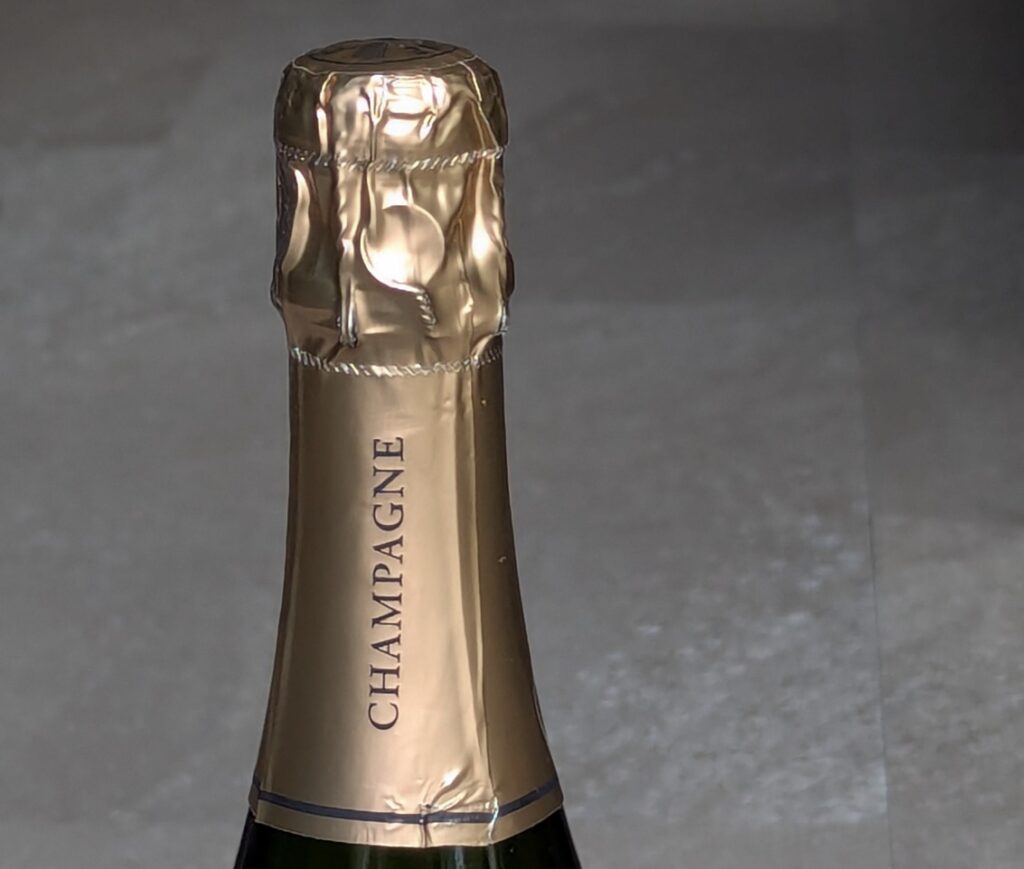
The Drinks Business is reporting that the Comité Champagne has dropped its opposition to an EU ruling that makes neck foils on Champagne bottles optional, concluding after new research that removing them neither harms sales nor damages the region’s image. The decision follows years of debate across the sparkling-wine world. English producers have argued that scrapping foils trims production costs by 10p–50p a bottle, while some Champagne houses worried that losing this luxury cue might dent demand. Environmental arguments also featured, with estimates that foils account for about 0.6% of Champagne’s production-related greenhouse-gas emissions. Others stressed hygiene and security. A study by CSI with closures group Crealis suggested foils act as a protective barrier against bacteria and mould and producers such as Nyetimber noted that sleeves add tamper resistance and protect corks.
The regulatory backdrop is that the EU ruled on 28 August 2023 to make foils optional, with the change effective from December 2023. The Comite Interprofessional du Vin de Champagne (CIVC) and Syndicat Général des Vignerons de la Champagne (SGV) initially sought to reverse this, positioning foils as part of Champagne’s brand identity, while a collective of around 30 winemakers and later several larger organisations pressed for flexibility. This week the CIVC stepped back, saying consumer preference for Champagne is unchanged without a coiffe, a shift characterised by Le Parisien as a break with tradition, perhaps for a good cause.
What happens next? Expect more visible segmentation. Prestige cuvées and gift-led formats are likely to retain foils as a premium signal, while sustainability-focused lines and high-volume SKUs may drop them to save cost and weight. If hygiene and anti-counterfeiting remain concerns, producers can pivot to alternatives such as tamper-evident bands, wax or upgraded wire-hood plaques and neck labels, which can carry traceability features without the material footprint of traditional capsules. Retail and hospitality buyers may appreciate reduced waste and faster capsule-free opening in high-turnover settings, though some on-trade operators will still favour the theatre of a foiled neck for celebrations. Finally, brand owners should watch consumer testing by market. While research cited by the Comité points to neutral preference overall, perceptions can vary by country, occasion and price tier, so packaging changes are best introduced with clear messaging rather than quietly slipping off the foil and hoping no one notices.













